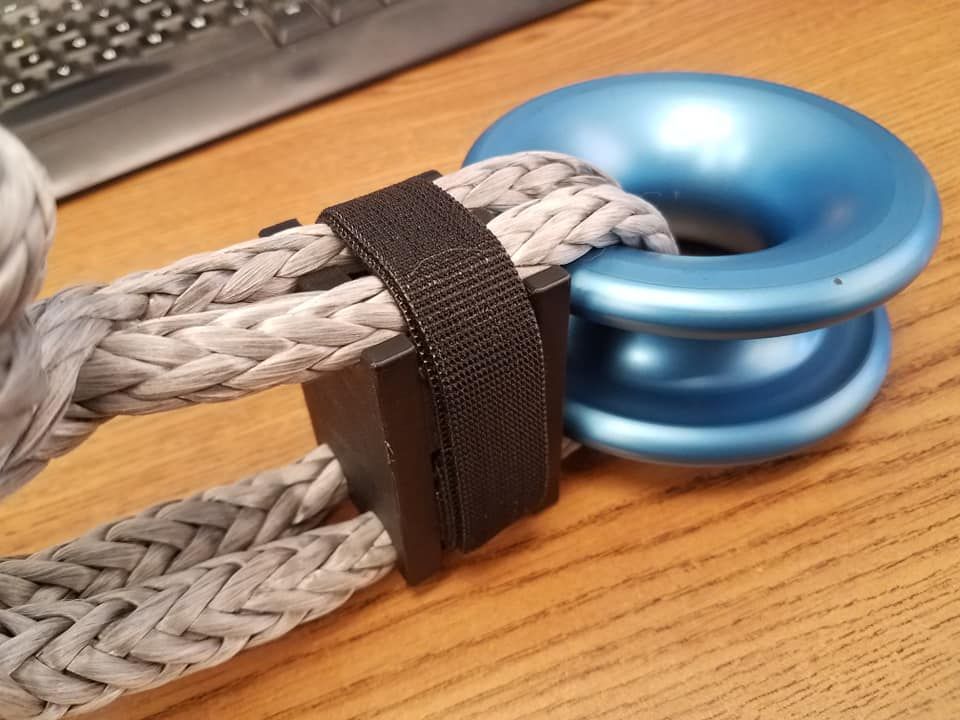ntsqd
Heretic Car Camper
That was the curious thing about the knot failures. No residual heat in the fibers on immediate post-failure inspection, but the failure clearly was from some mechanism that left a slightly melted signature behind. Like when you use a cig lighter on a cheep poly rope to fuse it's tiny strands together, looked a bit like how those strands look before they become a bigger blob. My observation based speculation is that the tight bends in a knot, which when constricted by a load tightening the knot, causes extremely localized heat that failed each strand more or less one at a time. EDIT: I should mention that the location of these failures was always where the first tight loop around the live end constricted down on it. In other words, the failure was always right at where the live end entered the knot.
W/o prior experience with them I'd be inclined to run it on the chafe guard. I'm guessing there's a reason that I'm not seeing that causes you to advise differently.
W/o prior experience with them I'd be inclined to run it on the chafe guard. I'm guessing there's a reason that I'm not seeing that causes you to advise differently.
Last edited:



